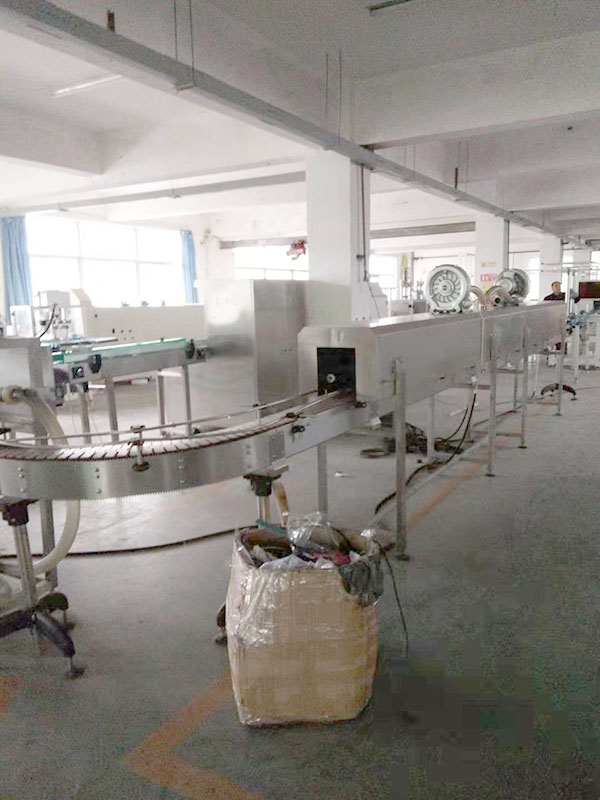Sep . 30, 2024 06:32 Back to list
Quantitative Analysis Using Cellulose Filter Papers for Enhanced Laboratory Measurements
The Role of Quantitative Cellulose Filter Papers in Analytical Chemistry
Quantitative cellulose filter papers are a vital tool in analytical chemistry, particularly in laboratories focusing on qualitative and quantitative analysis. These filter papers have been specifically designed to retain fine particles while allowing liquids to pass through, making them essential for a variety of applications, including gravimetric analysis, filtration of precipitates, and separation techniques. This article delves into the characteristics, applications, and importance of quantitative cellulose filter papers in research and industry.
Characteristics of Quantitative Cellulose Filter Papers
Quantitative cellulose filter papers are made from high-quality cellulose fibers, which provide robustness and high retention efficiency. These papers are characterized by their specific pore size, thickness, and retention capabilities. In contrast to regular filter papers, quantitative types have consistent porosity, ensuring reproducible results in analytical applications.
One of the defining features of quantitative filter papers is their low ash content, typically less than 0.1%. This is crucial for gravimetric analyses, where the presence of inorganic residues can skew results. High-quality quantitative filter papers are also designed to minimize the leaching of substances that could interfere with analytical results. Their smooth surface allows for even flow and prevents clogging, ensuring that even small particles are effectively captured.
Another important characteristic is their ability to withstand various chemical environments. Many types of quantitative filter papers are resistant to acids, bases, and organic solvents, making them versatile for use in various laboratory settings. This resistance allows scientists to use them in diverse applications without worrying about the paper degrading or affecting the chemical composition of the samples being analyzed.
Applications of Quantitative Cellulose Filter Papers
quantitative cellulose filter papers

The primary use of quantitative cellulose filter papers is in gravimetric analysis, where the mass of a substance is determined through its conversion into a solid phase. In these analytical procedures, filter papers are used to collect precipitates formed during chemical reactions. Researchers accurately measure the mass of these precipitates, allowing for the determination of the concentration of substances within a solution.
Quantitative filter papers are also employed in the separation of solids from liquids in various industries, including food and beverage, pharmaceuticals, and environmental monitoring. For example, they can be utilized to filter out particulates from beverages to ensure clarity and purity, or to separate solid contaminants from wastewater, enabling compliance with environmental regulations.
In addition to gravimetric analysis, quantitative cellulose filter papers find their application in microbiology, where they are used for the filtration of samples in sterility testing. The ability of these papers to provide sterile filtration without introducing contaminants makes them an ideal choice for laboratory protocols that require high standards of purity.
Importance in Research and Industry
Quantitative cellulose filter papers play an essential role in achieving accurate and precise analytical results. Their significant reproducibility and consistency in performance contribute to the reliability of scientific data. In an era where data integrity is paramount, the role of these filter papers cannot be overstated.
Furthermore, the use of quantitative cellulose filter papers supports a wide array of research fields, including environmental science, clinical diagnostics, and materials science. Their versatility enables researchers to conduct complex experiments that require filtering and separation of different phases, ultimately leading to advancements in technology and scientific understanding.
In conclusion, quantitative cellulose filter papers are indispensable to the field of analytical chemistry. Their unique characteristics, coupled with a wide range of applications, make them a preferred choice for laboratories and industries alike. As research continues to evolve, these filter papers will remain critical in the pursuit of precision, accuracy, and integrity in scientific analysis. In a world increasingly reliant on data-driven decisions, the significance of robust and reliable analytical tools, such as quantitative cellulose filter papers, is more crucial than ever. Whether for academic research, industrial application, or quality control, these filter papers are foundational in ensuring that results are both valid and reliable.
-
Cheap PLJY109-500 Full-Auto HDAF Expanded Mesh Spiral Coiling Machine - High Efficiency & Quality Manufacturer
NewsJul.08,2025
-
Best PLHJ-6 Full-Auto Eco Filter Rotary Heat Plating Machine - High Efficiency & Eco-Friendly Solution
NewsJul.08,2025
-
High-Efficiency Paper Pleating Machine for Filters Trusted Filter Paper Pleating Machine Company
NewsJul.07,2025
-
High-Performance Oil Filter for Cadillac ATS – Reliable Engine Protection Solutions
NewsJul.07,2025
-
High Quality PU Glue for Filters – Reliable Filter Glue Supplier & Exporter Get PU Glue Quotes Now
NewsJul.07,2025
-
China PLJL-4 Seal Leakage Tester for Spin-On Filter - High-Precision Multi-Station Testing Solutions
NewsJul.06,2025
